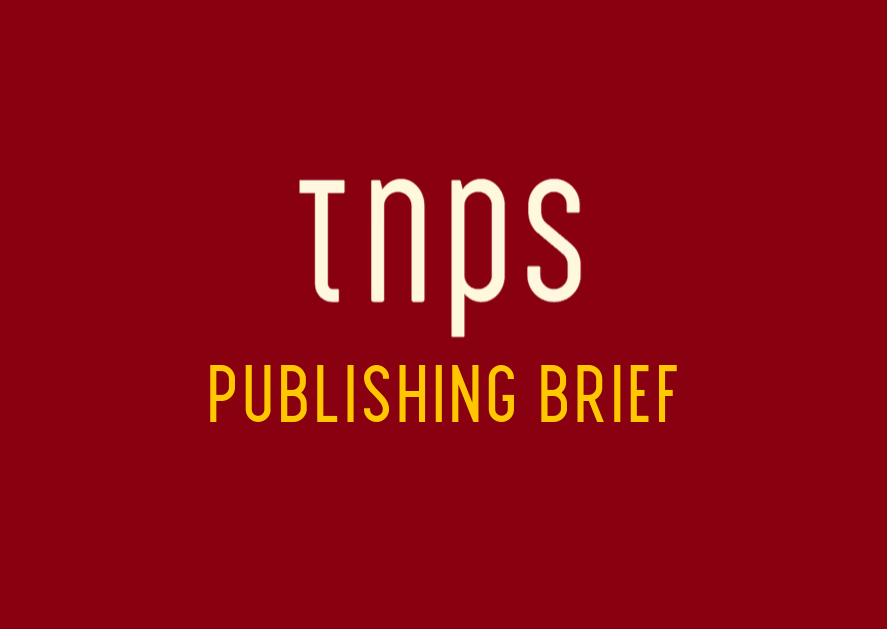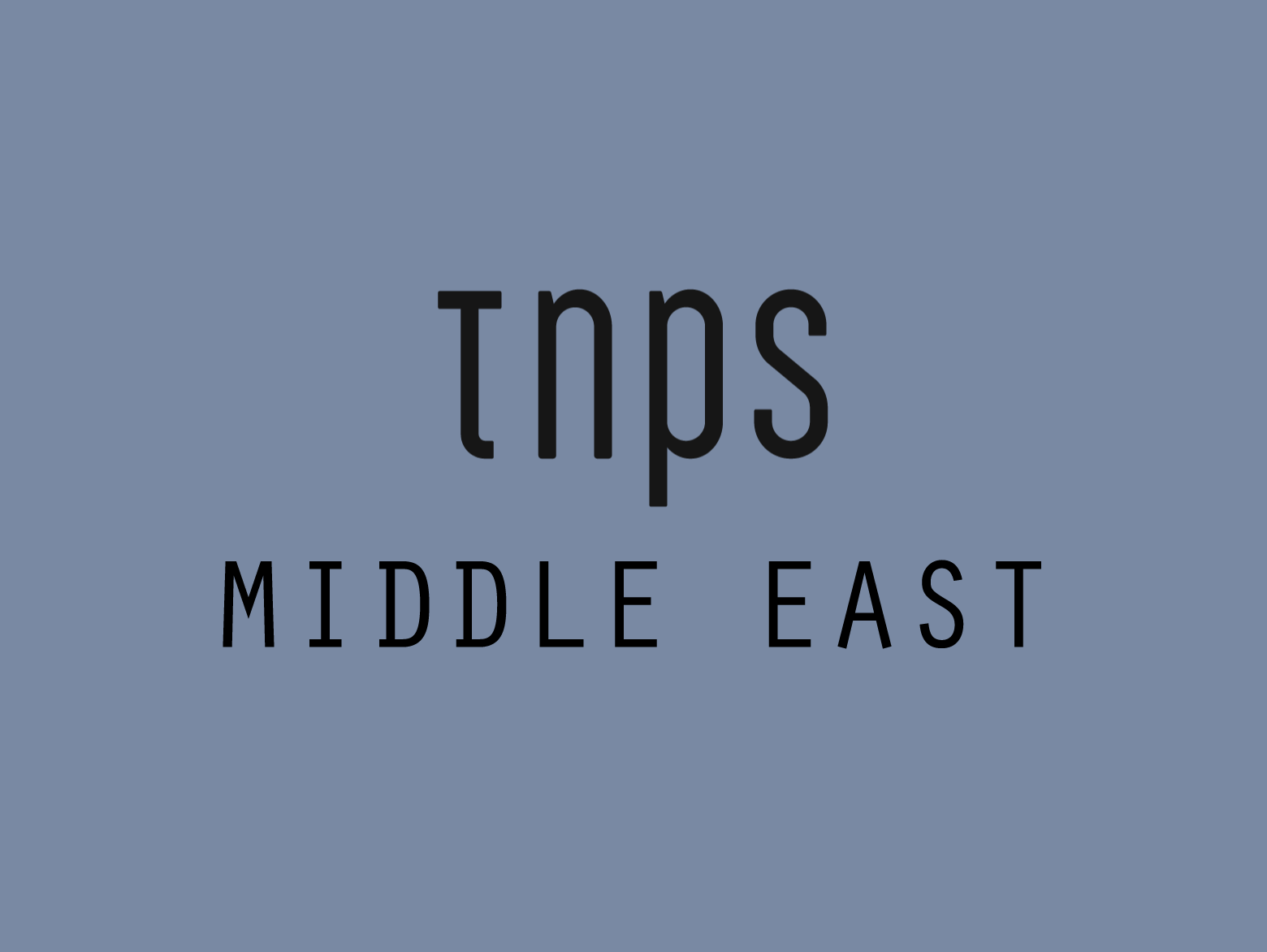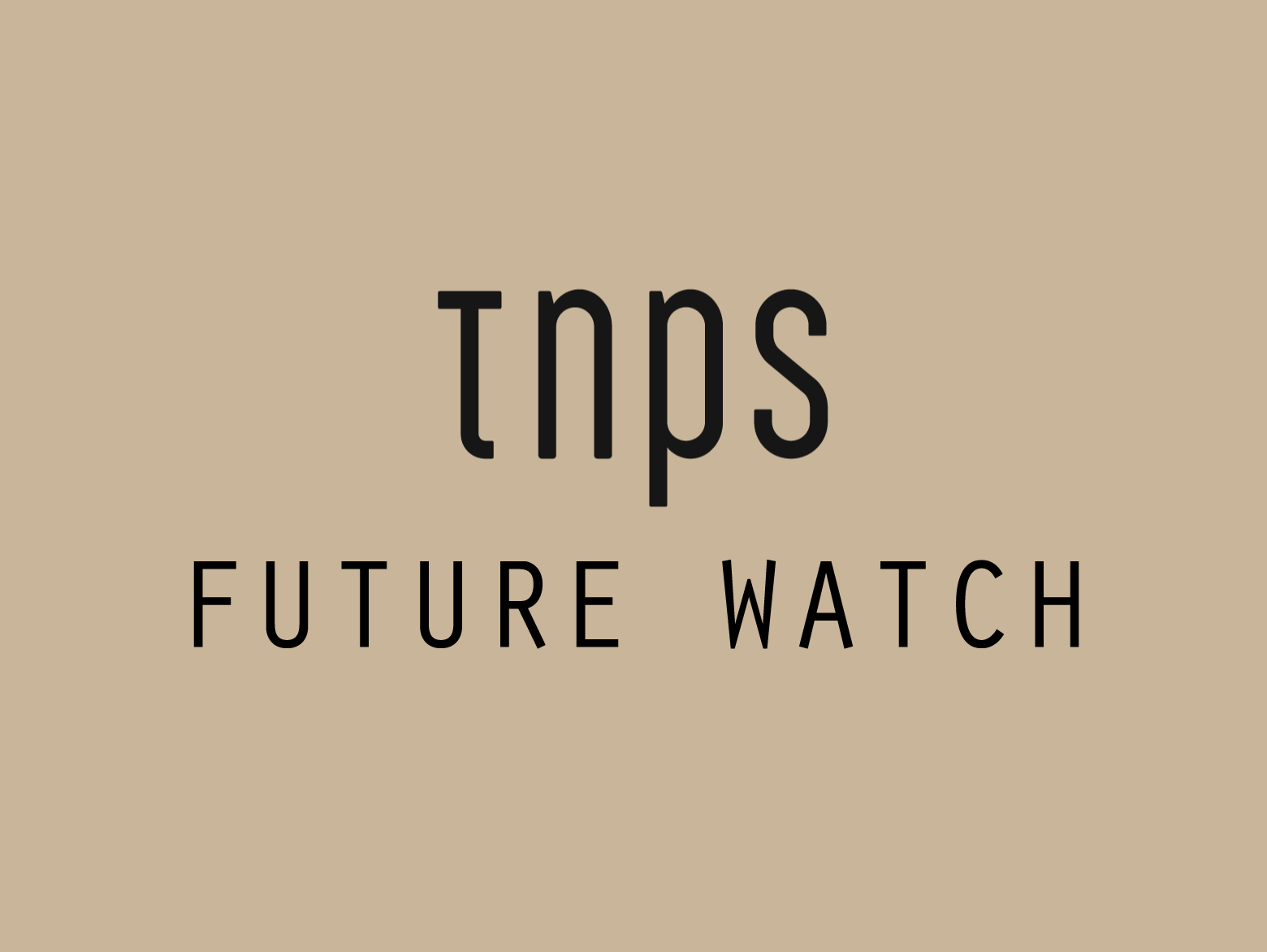That still leaves audio a long, long way to go – another $1.65 billion since you ask – to eclipse the ebook sector,
US trade ebook revenues for November 2022, according to the Association of American Publishers earlier this month, were down 10.4% to $83.1 million, while audiobook revenues were up again, to $73.9 million.
For comparison, hardcovers were down 22.4%, Mass Market down 14.9% and Special Bindings down 15.9%. paperbacks dropped too, but only by 5.4%.
But let’s return to that ebook statistic, which put November revenues for the format at $83.1 million.
There’s no reason to doubt the accuracy of that number so long as we remember that, as the AAP itself makes clear, this is “reported revenue”, not the whole market.
The AAP of course is a paid-membership organisation with a remit to reflect the interests of its members. It is not claiming to be a full and fair reflection of the market.
Trade journals like Publishing Perspectives, on the other hand, are happy to headline these latest stats in a way that suggests this is very much the entirety of the market:
The Association of American Publishers’ StatShot report shows the United States’ industry in November 2022 was down 14.4 percent, year-over-year.
This is qualified further down with the cautionary note that:
The AAP’s numbers reflect reported revenue for tracked categories including trade (consumer books); higher education course materials; professional publishing; and university presses. Once more, the report does not include PreK-12 revenue because of delays in data collection.
But therein lies the problem.
By clearly stating an exception, Porter Anderson leads the reader to assume these figures are a fair and accurate reflection of the US book market excepting PreK-12.
Yet Anderson knows as well as anyone in the industry that these numbers do not, not even remotely, accurately reflect the US ebook market.
· The ebook numbers do not include myriad small presses that do not report to the AAP.
· They do not include the ebook-focussed APub publishing house of Kindle store owner Amazon.
· And they do not include the ebook revenues of self-publishers.
Per an end of year assessment by TNPS earlier this month, we know that Kindle Unlimited, the all you can eat ebook subscription service operated by Amazon, paid out $45.2 million in November, the same month covered by the AAP StatShot. Even allowing that that value will include some pay-out for markets other than the US, it’s a given that this value almost entirely pertains to the US.
It’s also a given that this Kindle Unlimited pot pay-out value – which alone would take US ebook revenues from the AAP’s $83 million to over $120 million – is for royalties paid to small presses and self-publishers only. The few mainstream publishers in Kindle Unlimited, along with APub, are paid as à la carte sales, not from the pot.
The true Kindle Unlimited revenues, excluding any mainstream-published titles like from Pottermore, but including the AAP-unreported APub revenues, will make this valuation soar higher still. One only needs to look at the Amazon ebook charts to see how APub titles dominate.
And this, remember, is just unreported APub, small press and self-published ebook revenue from the Kindle Unlimited ebook subscription service itself.
To this we need to add the AAP-uncounted à la carte ebook sales revenues these same small presses, APub and self-publishers brought in from Amazon in November. And we need to add the ebook revenues small presses and self-publishers brought in from other ebook platforms like Nook, Kobo, Google Play and Scribd, again uncounted and unacknowledged by the AAP.
If we allow that most ebook consumption by dollar value happens à la carte rather than through subscription, then we can reasonably safely assume we can add another $40 million or more to that $83 million AAP valuation and the $45 million from Kindle Unlimited, pushing us towards an ebook market valuation of $170 million.
Just how much of the US trade ebook market is hidden to public view is unknown to most of us, because neither the AAP nor Nielsen collect data to this level.
That’s understandable on the part of the AAP, which is only collecting data from its members.
It’s close to unforgiveable from Nielsen, which purports to offer a deeper and more comprehensive dive into the markets it studies.
But I did say “hidden”, not unknowable, because there are many in the industry who will have a very good idea of the true scale of the ebook market.
One operation that will have, if not 100% accuracy, at least a clear idea of the real US ebook market valuation is BookStat, the data-scraping machine operated by Paul Abassi, the artist formerly known as Data Guy.
BookStat, which was acquired by Podium Audio in 2022, claims that,
Unlike Nielsen PubTrack and the AAP’s Statshots, which only tally self-reported sales from a narrow sector of the publishing industry, Bookstat provides visibility into the whole market and is the only industry data service that tracks all online book purchases at the retail point of sale regardless of publisher.
Now we can – and TNPS has – challenged the detailed accuracy of the BookStat counts, but as a useful broad indicator we can safely say BookStat is a fairer reflection of the US market than either the AAP or Nielsen.
BookStat’s own assessment of the ebook US market is not spelled out – for that you need to subscribe, and BookStat subscribers are required to have annual revenues of $10 million or more just to get a foot in the door.
But let’s here take a broad look at what BookStat is claiming Nielsen PubTrack and the AAP StatShot reports are missing, because it bears out the TNPS valuation.
Per BookStat, and as best I can see never disputed by Nielsen or the AAP, Nielsen PubTrack only captures 29% of US ebook unit sales/downloads and the AAP only captures 30% of US ebook unit sales/downloads.
For dollar values BookStat rates the AAP and Nielsen as performing a little better:
According to BookStat, Nielsen PubTrack captures 49% of dollars paid for ebooks in the US, compared to the AAP’s 52%.
The AAP, according to BookStat, captures the most, and of course this essay is predicated on the AAP StatShot for November 2022, so let’s take that AAP November value for the ebook market of $83.1 million and allow that that is 52% of the real value.
That would put the November 2022 US ebook market at $159.8 million. And given that BookStat claims to only track 91% of the US ebook market, this comes comfortably close to the $170 million TNPS valuation.
So let me end this essay by extrapolating for the full 2022 ebook market, based on AAP 2021 figures and the untracked-margin BookStat asserts (and that the AAP does not dispute).
The AAP put the tracked the full US “industry” ebook market dollar value for 2021 at $2.42 billion.
But our focus here is on trade, and the AAP final count for US trade ebooks in 2021 was $1.97 billion. N.B. It’s usual for the AAP final Annual Report to differ from the sum total of the monthly StatShots.
This year will, for the AAP reporting publishers, be a little less, per known AAP BookStat reports through January-November, but on the other hand we know Kindle Unlimited pay-outs are up and likely Amazon à la carte sales are up, so let’s take $1.97 billion as a working figure and allow that that is 52% of the market total.
That would give us a US ebook market estimated valuation in 2022 of $3.78 billion.
In 2021 the AAP reported the US audiobook market to be worth $1.75 billion, with the loudly inferred suggestion that audiobooks would soon eclipse ebooks in dollar values.
But here’s the thing: The AAP audiobook valuation is probably pretty close to the entirety of the US audiobook market, because most audiobook sales will be tracked by the AAP. The smaller presses not reporting to the AAP are the least likely to have invested in audiobooks, and only 1% of Audible titles are from self-publishers, so we are left with only APub audio to add to the AAP valuation.
We can safely allow the untracked APub audio will push the US audiobook market up over the $2 billion marker, given Amazon owns and controls the sales algorithms on Audible, the largest US audiobook platform.
That still leaves audio a long, long way to go – another $1.65 billion since you ask – to eclipse the ebook sector, which as the Kindle Unlimited monthly pot reports show, is still growing, not matter what the monthly AAP StatShots tell us.
This constant downplaying of the ebook sector may serve the interests of mainstream publishers wanting to protect their print investments at all costs, and trying to keep a semblance of control in the battle against the enemy they cannot live without, Amazon.
But downplaying the true scale of the ebook market while manipulating consumption through overpricing ebooks (why should a frontlist ebook cost more than its hardcover equivalent) and withholding titles from platforms, stifles innovation and discourages investment in the sector, to the long term detriment of the industry and the consumer.




